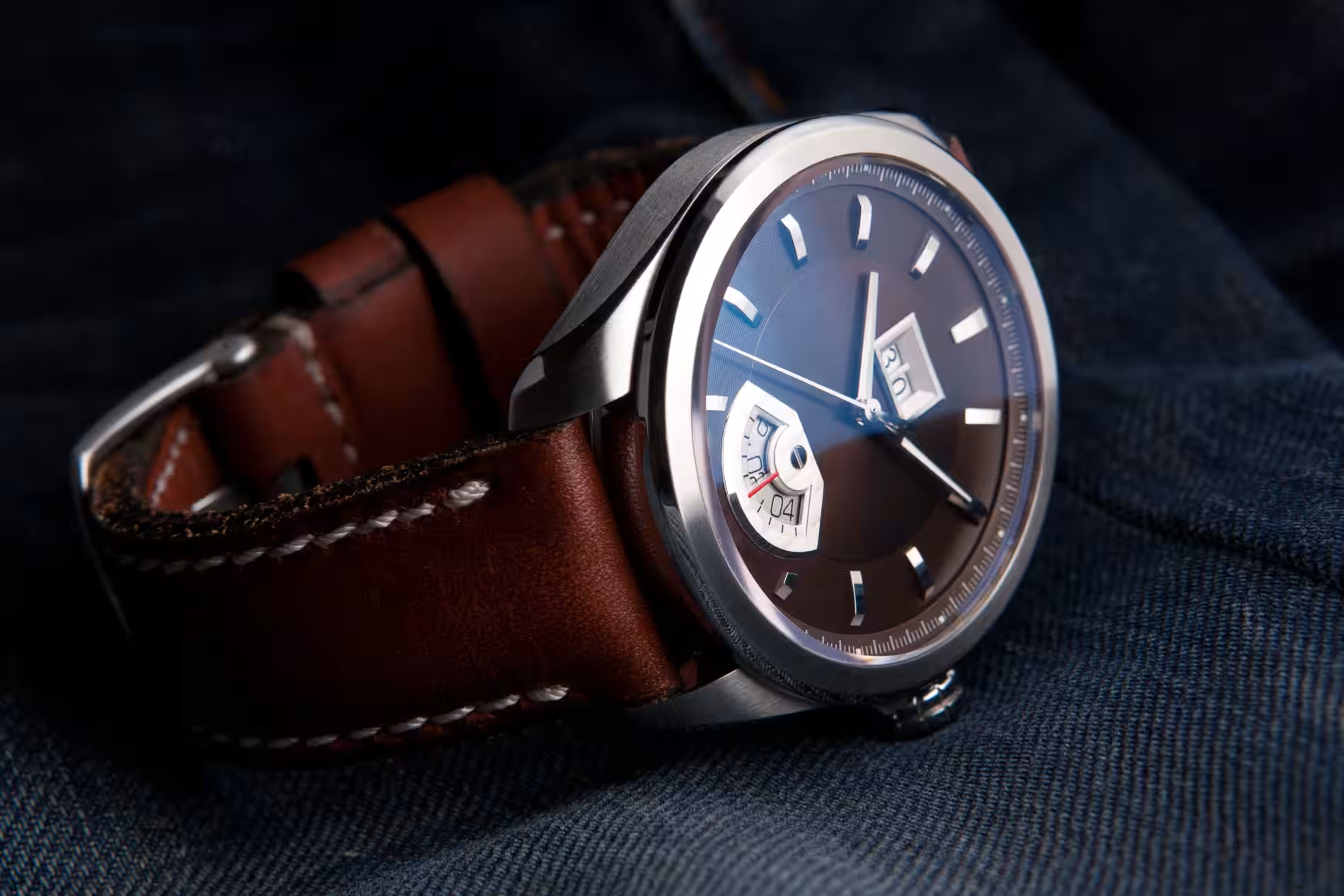If luxury watches seem pricier than ever, it’s because they are. This year, Rolex has increased prices by around 3% across most of its models, while the ‘Holy Trinity’ of watchmaking – Audemars Piguet, Vacheron Constantin, and Patek Philippe – have followed suit. Patek’s Ladies Nautilus, for example, has seen a striking 18% price jump.
While high prices are nothing new in the world of luxury watches, the recent price hikes have understandably raised eyebrows. So, what’s causing it?
1. Tariff pressures
Many luxury watch brands are based in Switzerland, including Omega, TAG Heuer, and Vacheron Constantin. These companies have been directly impacted by a newly imposed 10% import tariff in the United States. With speculation around a possible additional 20% tariff on the horizon, some manufacturers are proactively adjusting prices to offset potential future costs. This has created a ripple effect across international markets, with prices rising not only in the U.S. but globally.
2. Material cost inflation
The cost of raw materials – particularly gold – has risen sharply this year. Gold remains a key component in many luxury timepieces, and its price has been driven up by renewed interest from investors and central banks. In addition, supply chain disruptions that began during the pandemic continue to affect the availability and cost of essential materials. Delays in shipping and production have also added pressure, making it more expensive to manufacture and distribute watches.
3. Growth in the pre-owned market
The secondary market for luxury watches has experienced rapid growth. Platforms specialising in pre-owned timepieces have reported increased demand, especially for iconic models such as the Rolex Daytona, Audemars Piguet Royal Oak, and Patek Philippe Aquanaut. This surge in interest has pushed up prices across both new and used markets, as collectors and first-time buyers compete for limited inventory.
4. Brand strategy and visibility
Luxury watchmakers are increasingly investing in brand visibility through strategic marketing, celebrity endorsements, and limited-edition releases. These efforts have not only boosted customer demand reinforced the perception of exclusivity and prestige in the process. As a result, brands are able to justify higher prices while maintaining strong sales.
5. Supply-driven scarcity
Another key factor influencing rising prices is the deliberate reduction made by some luxury watch brands in manufacturing. Rolex, for instance, has long been known for their strategic control of production to heighten customer demand. This strategy of limiting supply while demand continues to grow creates an environment of scarcity, which in turn drives up perceived value. By making fewer watches available, brands can maintain exclusivity and command higher prices, reinforcing their status in the luxury market.
Insure with Stanhope
We don’t just provide insurance; we provide peace of mind for watch owners who understand the true value of their timepieces.
Contact Stanhope today to discuss specialist luxury watch insurance that matches your watch’s unique value and prestige.
Luxury protection, just clicks away
Excellent Insurance Company. my premium to insure my diamond ring is cheaper than last year.
5 Star Review ReviewsIO

